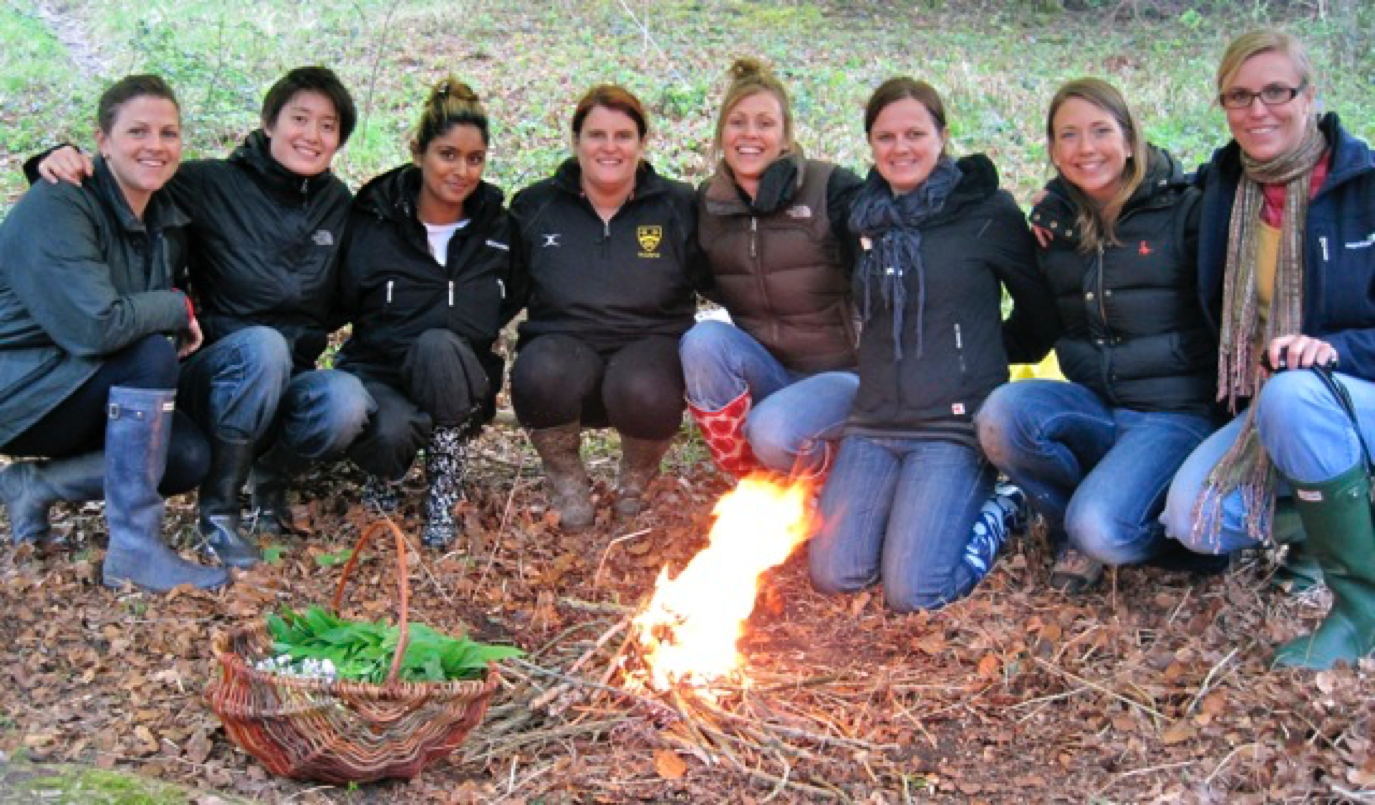Chapter 11 - Community, Citizenship, Feasting and Celebration
Community, Citizenship, Feasting and Celebration
Every year the moon goes through a cycle of 13 full moons. This 13th section is the final chapter in the cycle of teachings this course offers.
As mentioned at the outset of this learning journey, helping people to be native and to feel a part of their local ecological community has been one of the main aims of this book. I hope that by this stage in the journey cycle you and your students do feel a little bit more native and ‘of the land’. All that remains, then, is for us to tie up the loose ends and ‘return the native’ to the human community, with a game, something to build, some gifts, a feast and a celebration!
Every year the moon goes through a cycle of 13 full moons. This 13th section is the final chapter in the cycle of teachings this course offers.
As mentioned at the outset of this learning journey, helping people to be native and to feel a part of their local ecological community has been one of the main aims of this book. I hope that by this stage in the journey cycle you and your students do feel a little bit more native and ‘of the land’. All that remains, then, is for us to tie up the loose ends and ‘return the native’ to the human community, with a game, something to build, some gifts, a feast and a celebration!
Being out in the woods at night, around a roaring fire awakens the tribal heart.
When we have been into the woods and return to our houses, villages, towns and cities, we bring a little natural magic, perhaps a sparkle in the eye, or a scent of wood smoke, back into the landscape dominated by the human. I like to think that nature takes a deep breath in, drawing us from our little boxes into the heart of natural wonder and then breathes us gently back out, to return to our own communities, spiritually refreshed.
It is my hope that through engaging with the activities in this book people will feel the ‘calling’ from the wild places, a tug on the heartstrings that can only be fulfilled by going alone, somewhere wild and beautiful, perhaps camping out for a night or two, leaving nothing but footprints and gratitude, to return carrying some new wild vibe inside. I believe that this kind of experience enables a person to feel part of the natural order, to fully become a citizen of the planet, with something akin to a gift to offer back to one’s own community.
A group out on a foraging teambuilding awayday with me. The feast and fire brings us all together!
Going into a wild place to sleep in a simple shelter, by a fire we have lit, to eat some gathered food and drink collected water helps us feel more at home on the earth. It is a rite of passage. To venture deep into the wild or the woods, with ones fears and demons gathering like moths to a flame around a hearty campfire, can help us to feel at home in our bodies, to be more self assured, self confident and happy with our own company. From that place of personal bedrock, we can nurture our own garden of talents and share the surplus with our community, both natural and human (if there is a difference).
One of the troubles of the modern world is a lack of community. Most people like to feel at though they are part of something - that they fit in, (especially teenagers, who naturally seem to flock together). But a gang is not really a community; a community needs people of all ages and various talents to keep it going. A community is based on communication and it seems we have less and less of it in our western world, biased as it is towards mobility and in spite of the advanced communications technology so widely available today.
Community is at its best when its members are functioning for the common good. I believe it is part of our roles as environmental educators and mentors to encourage our pupils to give some of their energy into their communities. Here are some reasons why:
Ecological communities are more stable the more dynamic they are. Every organism gives something of him or herself and has a part to play. Gandhi, a great one for living by the principle of being the change you wish to see, advocated giving 10% of ones income to charity. Why 10%? It follows a natural pattern of energy accumulation in what are known in ecology as food pyramids. At the bottom of a pyramid are the producers, the plants. Of all the energy from the sun they use to grow and reproduce, 10% is available to the next layer in the pyramid, the herbivores. 10% of the energy these animals use to grow and reproduce is available to the carnivores, and so on. It’s the reason there are very few ‘top predators’ in an ecosystem; there is only so much energy available.
It follows that at least 10% of an educational programme should be spent focussing on activities that build community, require teamwork, and work towards a common goal. Many of the activities I have described so far in the book are very suitable for developing teamwork: ‘making blobster villages’ and ‘capture the flag’, for example. Hopefully some of the activities will have involved a bit of laughter too as it is such a good community builder.
7 Lessons


